Home>Ideas and Tips>Phantom Draft Detective Weatherization Secrets
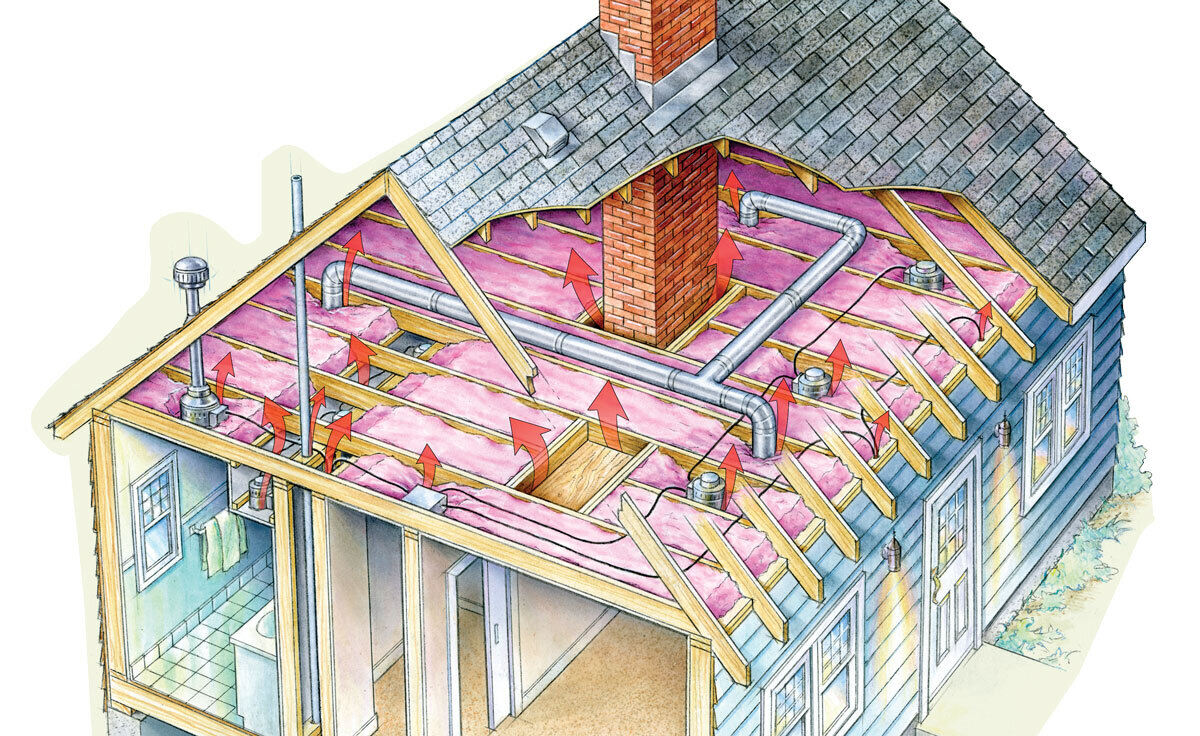

Ideas and Tips
Phantom Draft Detective Weatherization Secrets
Published: October 20, 2024
Discover the secrets to detecting and sealing phantom drafts for a more energy-efficient home. Save on utility bills and enhance comfort year-round.
(Many of the links in this article redirect to a specific reviewed product. Your purchase of these products through affiliate links helps to generate commission for Storables.com, at no extra cost. Learn more)
In the realm of home improvement, few topics are as intriguing as the art of weatherization. This process, which involves making a building more energy-efficient and resistant to external elements, is crucial for homeowners looking to save on utility bills and ensure their homes remain comfortable year-round. However, like any complex task, weatherization requires a strategic approach and a keen eye for detail. In this article, we will delve into the world of phantom draft detection and explore the secrets behind effective weatherization.
Understanding Phantom Drafts
Phantom drafts are sneaky little air leaks that can make your home uncomfortable and waste energy. They occur when there's an unintended flow of air into or out of a building through gaps or openings that aren't immediately obvious. These drafts can happen for several reasons, like worn-out seals around windows and doors, gaps in insulation, or even small cracks in walls and floors.
Read more: The Ultimate Guide to Drafting Chairs
The Importance of Detecting Phantom Drafts
Detecting phantom drafts is crucial because they can significantly impact your home's energy efficiency. When air leaks out of your home, it not only wastes energy but also allows cold air to enter during winter and hot air to enter during summer. This can lead to higher utility bills and an uncomfortable living environment.
Tools for Detecting Phantom Drafts
To detect phantom drafts, you'll need a few specialized tools:
-
Candle Test: One of the simplest methods involves using a candle. Light a candle and hold it near potential gaps in your home. If the flame flickers or dances, it indicates that there is air movement, suggesting a phantom draft.
-
Smoke Pen: A smoke pen is another tool used for detecting air leaks. It releases a small amount of smoke that will travel through any gaps in your home's envelope.
-
Infrared Camera: An infrared camera can help identify areas where heat is escaping by showing cooler spots on the walls and windows.
-
Blower Door Test: This is a more advanced method that involves sealing all openings in your home and then using a blower door to pressurize the space. The blower door test can help identify where air is leaking in and out.
Common Areas to Check for Phantom Drafts
When searching for phantom drafts, there are several areas you should focus on:
-
Windows and Doors: The seals around windows and doors are often the primary sources of phantom drafts. Check for any signs of wear or damage on these seals.
-
Insulation: Insulation gaps can also cause phantom drafts. Ensure that your attic, walls, and floors have adequate insulation without any gaps or voids.
-
Electrical Outlets: Sometimes, electrical outlets can be a source of phantom drafts if they are not properly sealed.
-
Switch Plates: Switch plates for light switches and outlets should be sealed tightly to prevent air from passing through.
-
Baseboards: Baseboards around floors can also be a source of phantom drafts if they are not properly sealed.
-
Fireplaces and Chimneys: Fireplaces and chimneys need regular maintenance to ensure they do not become sources of phantom drafts.
Steps to Seal Phantom Drafts
Once you've identified the areas where phantom drafts are occurring, it's time to take action:
-
Seal Gaps Around Windows and Doors: Use weatherstripping or caulk to seal any gaps around windows and doors.
-
Insulate Properly: Ensure that all insulation is properly installed without any gaps or voids.
-
Seal Electrical Outlets: Use outlet sealers to seal electrical outlets tightly.
-
Seal Switch Plates: Use switch plate sealers to seal light switch and outlet plates tightly.
-
Seal Baseboards: Use caulk or spray foam to seal baseboards around floors.
-
Maintain Fireplaces and Chimneys: Regularly inspect fireplaces and chimneys for any damage or debris that could cause phantom drafts.
Read more: How To Increase Draft In Chimney
Advanced Techniques for Weatherization
While basic sealing techniques are effective, there are more advanced methods you can use for comprehensive weatherization:
-
Spray Foam Insulation: This type of insulation can be applied to walls, floors, and ceilings to provide a tight seal against air leaks.
-
Rigid Foam Board Insulation: This type of insulation is often used in exterior walls to provide additional protection against cold temperatures and moisture.
-
Reflective Insulation: This type of insulation reflects radiant heat rather than absorbing it, making it particularly useful in attics where heat rises.
-
Weatherstripping: There are various types of weatherstripping available, including felt, foam tape, and vinyl. Each type has its own advantages depending on the specific application.
-
Drainage Systems: Proper drainage systems are crucial for preventing water damage that could lead to phantom drafts through walls or floors.
Case Study: East Providence Comprehensive Plan
The East Providence Comprehensive Plan provides an interesting case study on how community aspirations can influence home improvement projects. The plan includes detailed maps showing water resources, hydric soils, and sea level rise projections. These maps help identify areas prone to flooding or erosion, which are critical factors in determining where to focus weatherization efforts.
For instance, if an area is expected to experience significant sea level rise, homeowners may want to prioritize sealing gaps around windows and doors to prevent water intrusion. Similarly, if an area is prone to flooding, homeowners should focus on installing drainage systems that can handle excess water effectively.
Conclusion
Weatherization is a multifaceted process that requires attention to detail and a strategic approach. By understanding phantom drafts and using the right tools to detect them, homeowners can significantly improve their home's energy efficiency and comfort level. Whether it's sealing gaps around windows or installing advanced insulation materials, each step contributes to creating a more sustainable living environment.
In conclusion, phantom draft detection is not just about saving money on utility bills; it's about creating a home that is resilient against external elements while providing a comfortable living space for years to come.
Additional Tips for Homeowners
-
Regular Maintenance: Regularly inspect your home for any signs of wear or damage that could lead to phantom drafts.
-
Professional Help: If you're not comfortable with DIY projects or if the issue is complex, consider hiring a professional to help with weatherization.
-
Energy-Efficient Upgrades: Consider upgrading to energy-efficient windows and doors which are designed with tighter seals and better insulation properties.
-
Smart Home Devices: Invest in smart home devices that can monitor temperature and humidity levels in your home, alerting you to any potential issues.
-
Community Resources: Utilize community resources such as local workshops or online forums where homeowners share their experiences and tips on weatherization.
By following these steps and tips, homeowners can ensure their homes remain comfortable and energy-efficient throughout the year, making the process of weatherization a worthwhile investment in their property's future.
Was this page helpful?
At Storables.com, we guarantee accurate and reliable information. Our content, validated by Expert Board Contributors, is crafted following stringent Editorial Policies. We're committed to providing you with well-researched, expert-backed insights for all your informational needs.
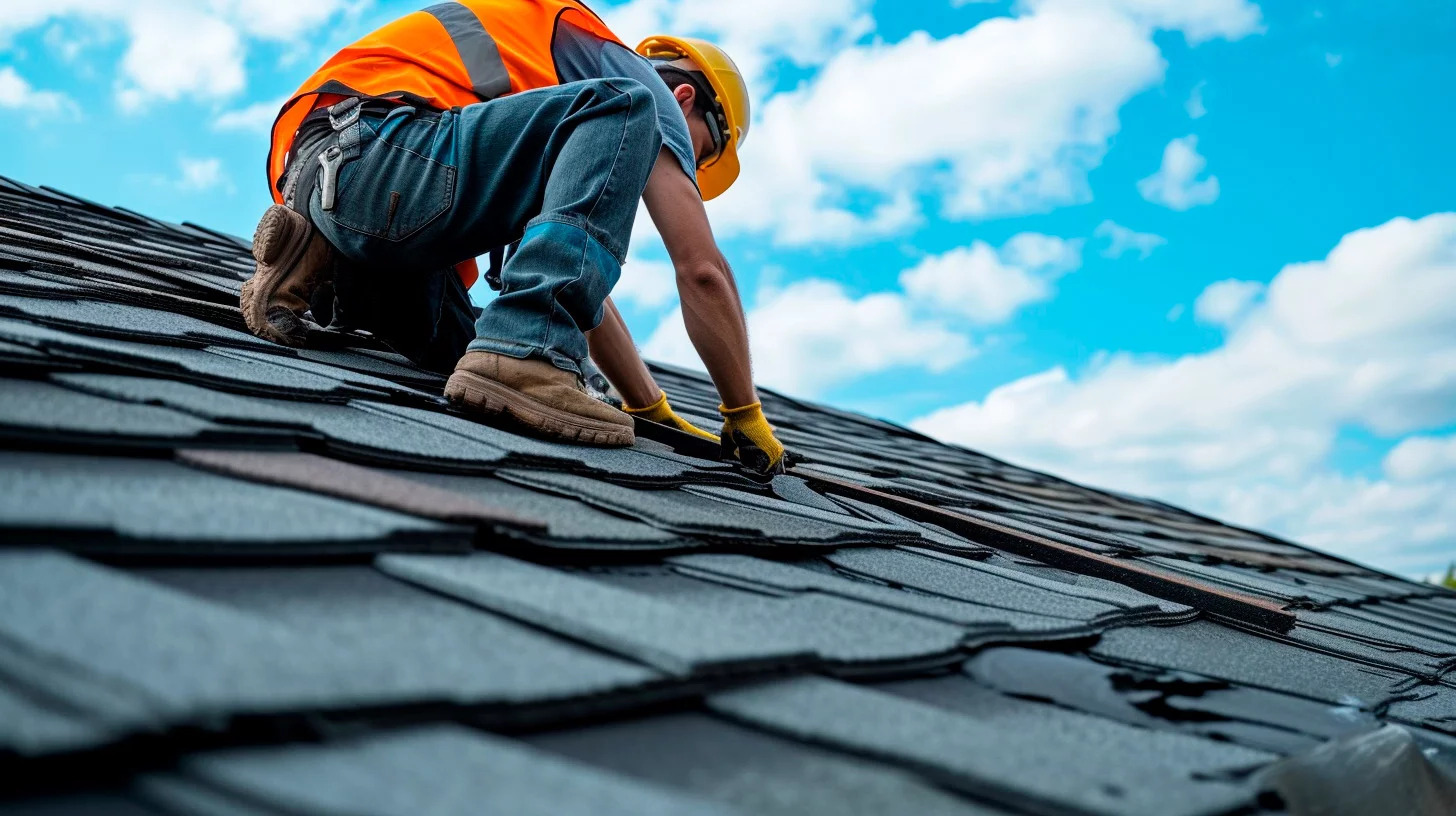
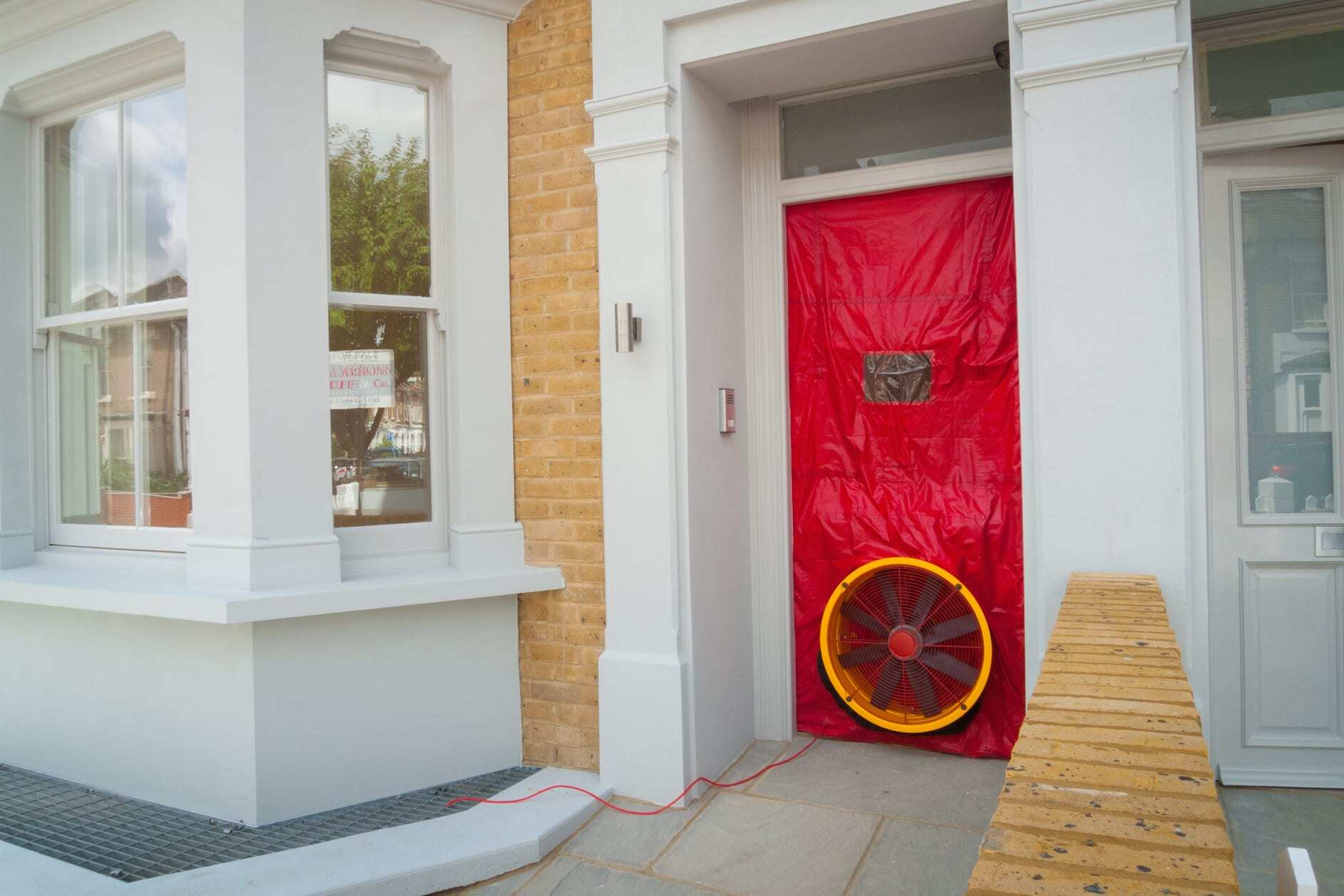

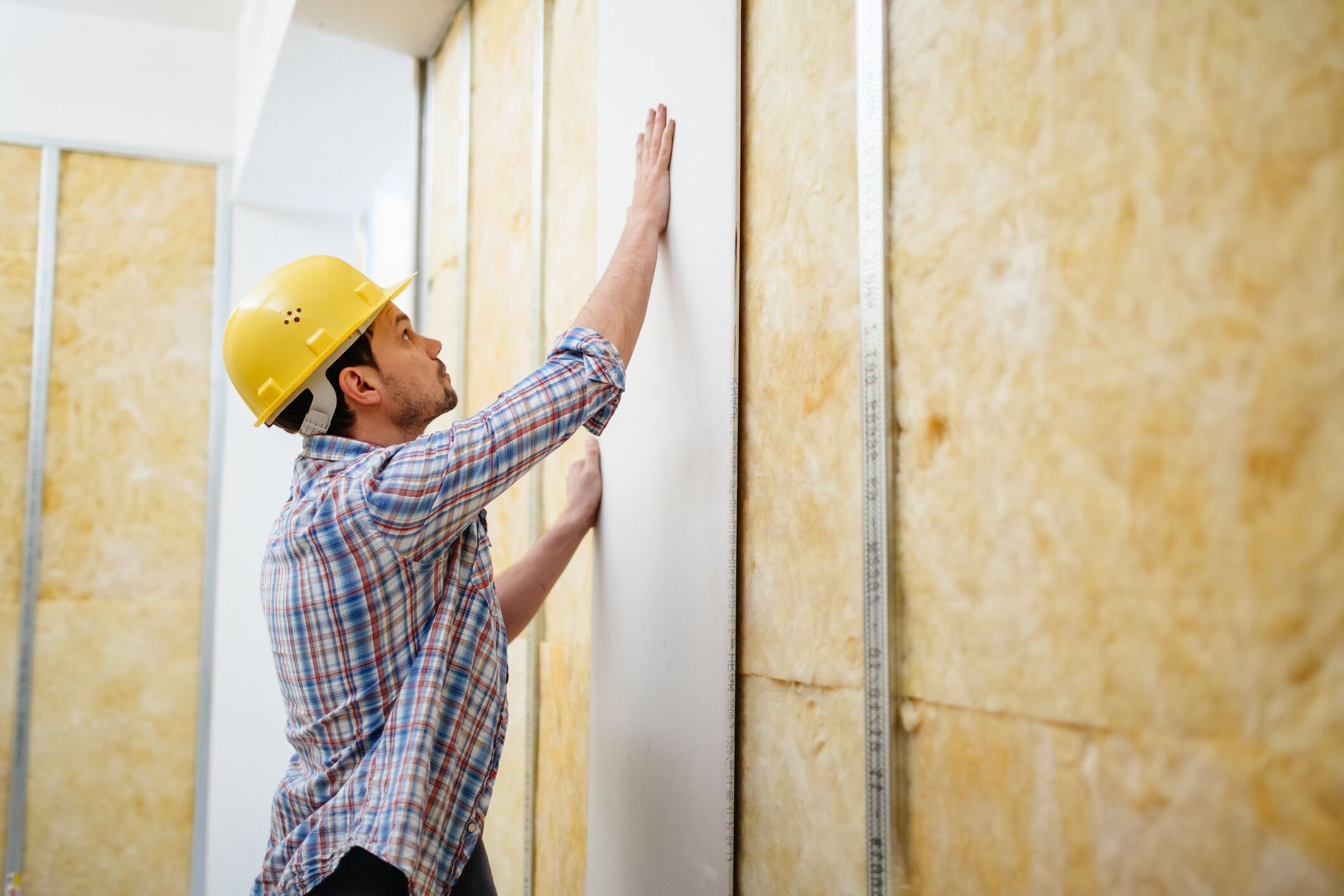

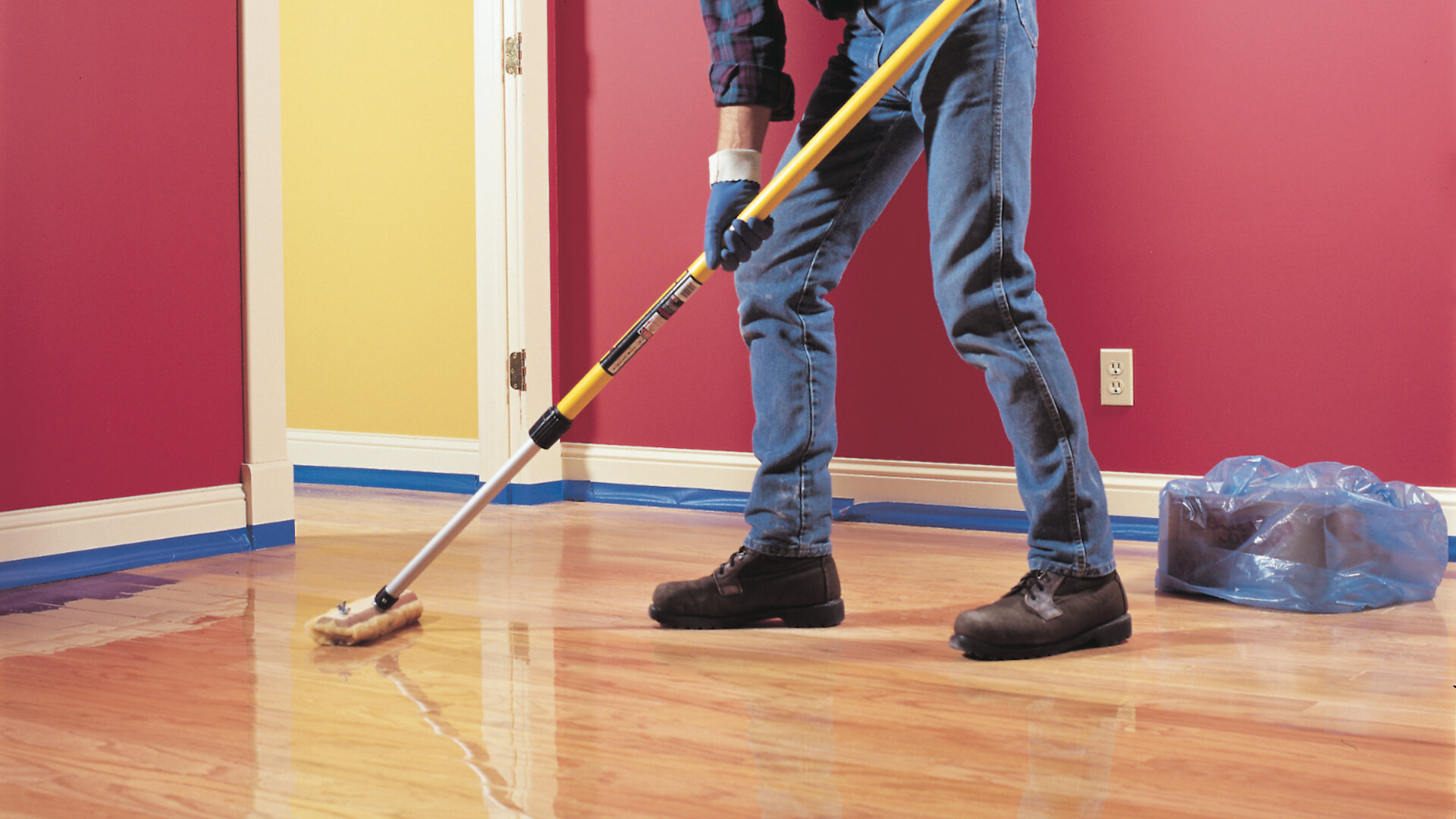
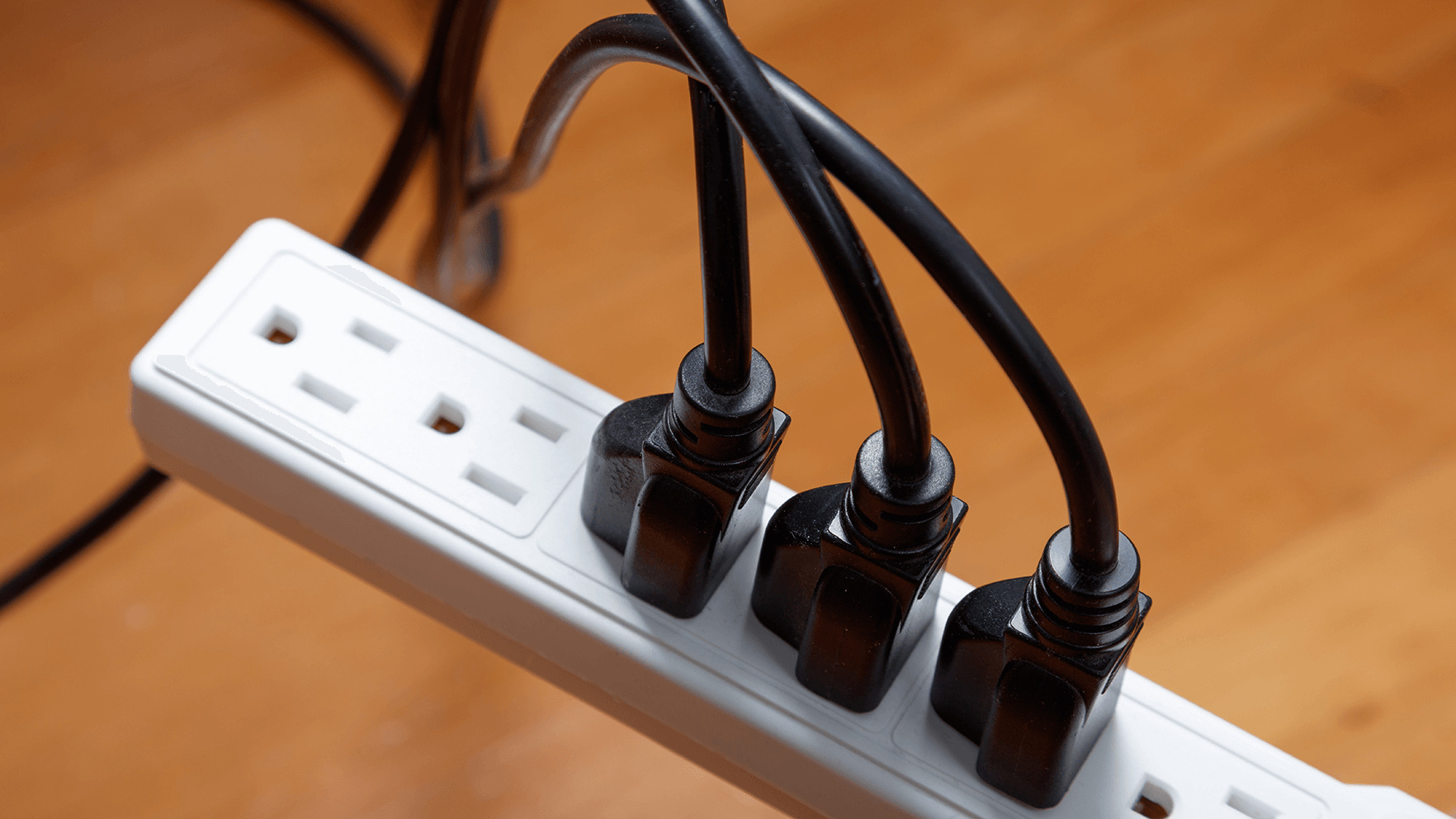
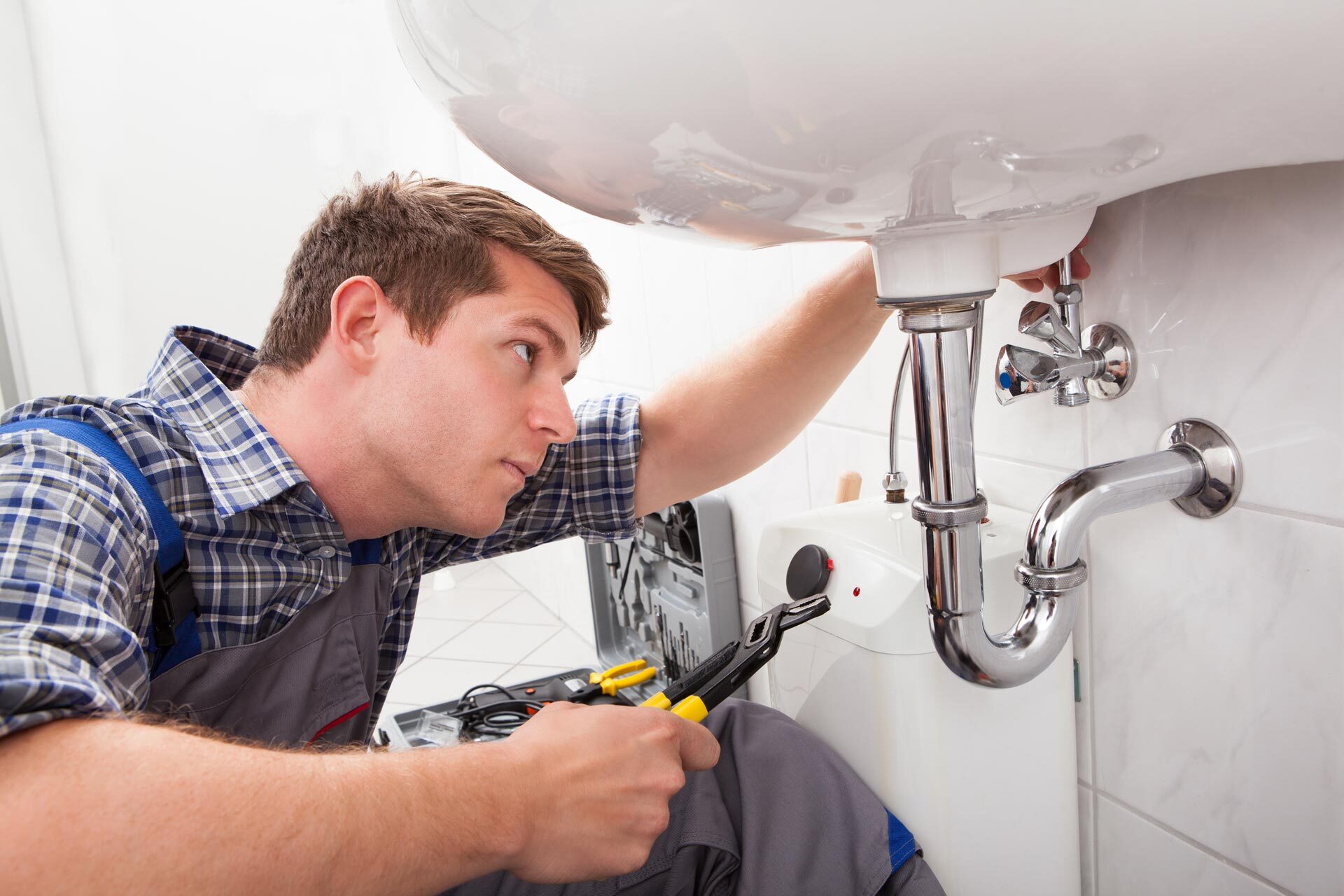




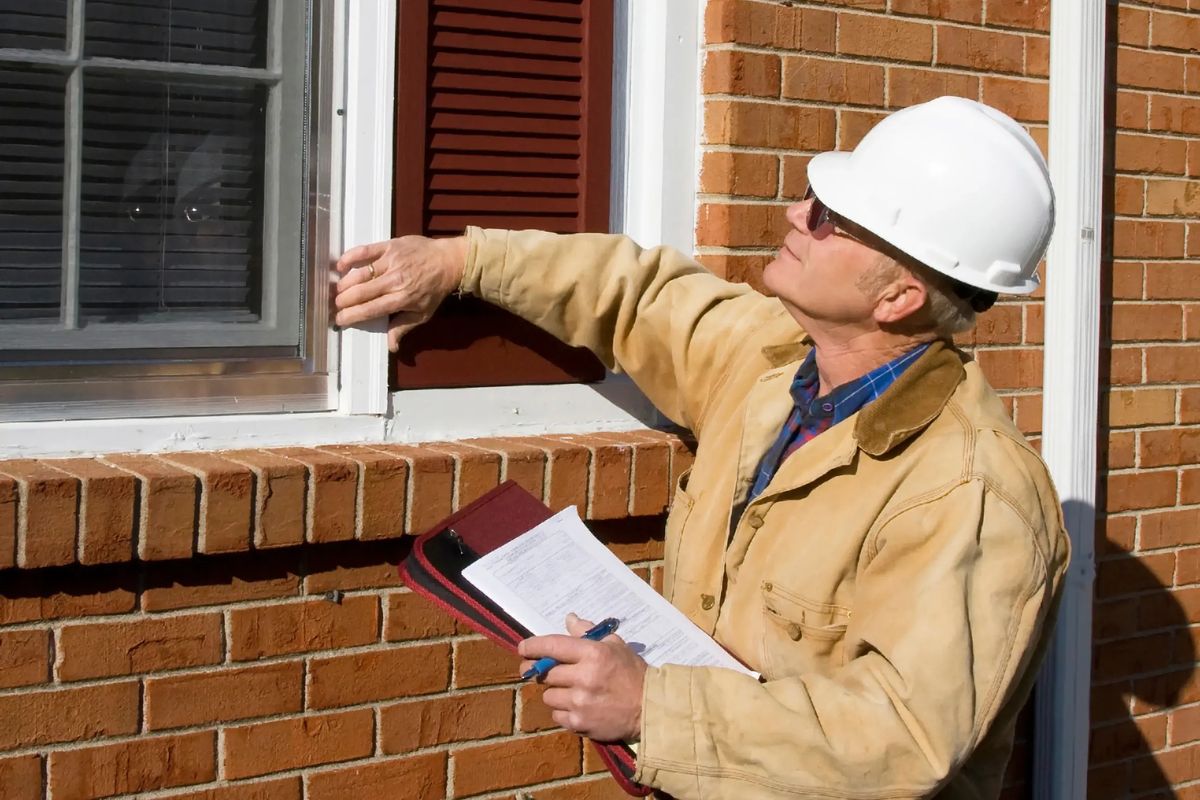
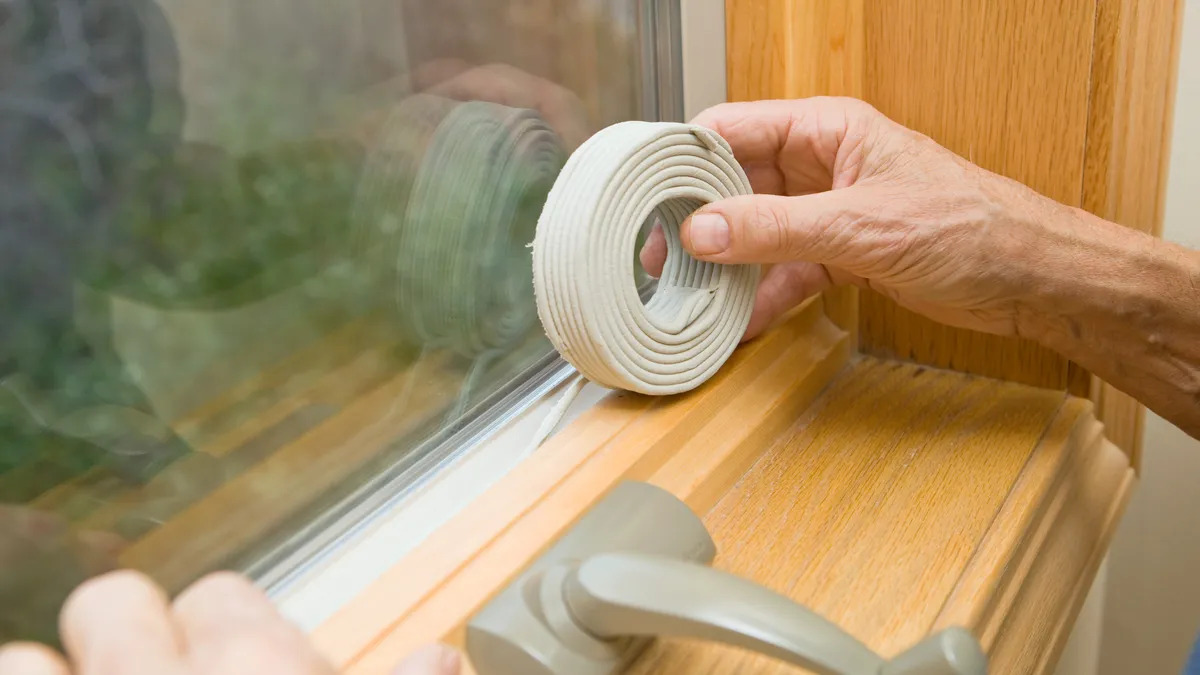

0 thoughts on “Phantom Draft Detective Weatherization Secrets”